
Whether eating a snack, main course, or dessert, plant-based foods are a part of the diet in every culture. While not every plant is edible, we do eat a variety of plant parts in our diets. From some plants we may eat the leaves, roots, or stems, while from others we may eat the fruit or seeds. Each plant is different based upon the parts that are edible.
Fruit
The fruit of a plant is the fleshy covering over the seeds of the plant. In some cases, like strawberries, the seeds are on the outside of the fruit. Some common fruits that we eat include watermelon, cantaloupe, blueberries, apples, bananas, tomatoes, peaches and pears.
Leaves
The function of a leaf on a plant is to collect light for photosynthesis. We eat leaves of certain plants in salads or as an herb for main and side dishes. Edible plant leaves include cilantro, parsley, artichokes, spinach, basil, lettuce and cabbage.
Stem
The stem, or stalk, is like the backbone to the plant. This part keeps the plant upright and is like a highway that moves nutrients from the leaves and roots to the different parts of the plant. Celery and asparagus are common stems that people eat. Cinnamon also comes from the stem bark and is used as a spice.
Roots and Tubers
Plant roots retrieve water and nutrients from the soil to help the plant grow. Tubers store energy for the plant and can also reproduce more plants. Carrots and beets are roots while potatoes and yams are tubers.
Bulbs
Plant bulbs grow underground and reproduce more plants. Bulbs that we eat include onions, shallots, garlic, water chestnuts and leeks.
Flowers
The flower attracts insects to aid in the pollination process. Often, we don't think of the flower part being edible, but some of the most commonly eaten vegetables are flowers. Cauliflower and broccoli heads are both flower buds.
Seeds
While we may accidentally swallow a watermelon seed, seeds are an edible part of many plants. Some seeds we eat include peas, beans, corn, pumpkin seeds and sunflower seeds.
Related Articles

How to Cook Mixed Greens

African Food Facts

Essential Enzymes for Hair Growth
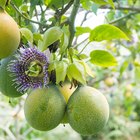
How to Eat a Maypop When Ripe

How to Make Carob Juice

How to Use Lettuce for Hair Growth

The Meaning of Allium Flowers

What Type of Sugar Is in Fruit?

Uses of Sorghum

List of Vegetables for the Paleo Diet

Nutrition Information on Blueberries
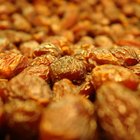
How to Refresh Dried Fruits: Raisins
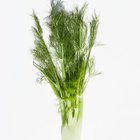
How to Julienne Fennel

Southeast Asian Diet & Nutrition

Why Does Hair Grow Different Lengths ...

Bugs That Get Into Pantry & Food

How to Make Soup Out of Pulp From ...
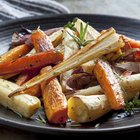
How to Cook Winter Root Vegetables in a ...

Is Wheat Grass an Alkalizing Food?
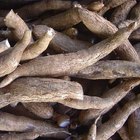
How to Cook Yucca Root
References
Writer Bio
Lalah Brewer started freelance writing in 2010. She writes for eHow and Answerbag, focusing on topics related to education. Brewer holds a Bachelor of Science in elementary education from Asbury University and a Master of Arts in reading and writing from Georgetown College.
Photo Credits
vegetables image by cherie from Fotolia.com